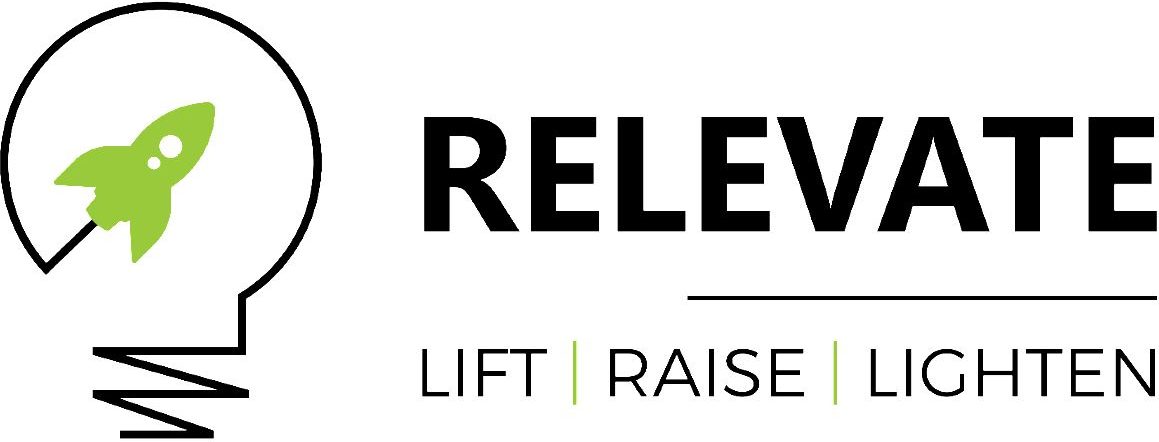Efforts that lead to sales success seldom go awry. Sales strategies are seldom based on throwing random approaches against the wall and seeing what sticks. Businesses that have a good track record of sales performance are more likely to provide training and support for their sales staff.
The Sales Conversion Rate Calculator [Free Template] may be download right now.
If a salesperson doesn’t know where they’re going next, they’re likely to become lost in the weeds. A sales cycle is a common term for such infrastructure.
Learn about the steps of a conventional sales cycle, and how to put one into action, in this section of the course.
A sales cycle is a series of events that occur over a period of time.
To close a new client, salespeople execute a ‘Sales Cycle’ of defined procedures. It is common for sales cycles to be mistaken with sales techniques – frameworks for executing the sales cycle. To complete a deal you must go through a series of steps that include “prospect,” “connect,” “read,” “present,” and “close.”
Having a sales cycle in place is in your company’s best interest. Your sales pipeline, leads, and the effectiveness of your sales activities may all be better organised with this tool.
You can guarantee that your salespeople and their colleagues are on the same page when it comes to the sales cycle by providing them with a detailed road map and common points of reference. A sales team’s cohesiveness is essential.
In the event that one of your representatives is unavailable, they must be able to step in and continue the conversation. However, if there is no sales cycle to direct their efforts, there is no “where they left off.”
Using a sales cycle, salespeople may prioritise leads and determine where prospects are in the buying process. They’ll know how to approach the prospects they’re chasing better if they can figure out where they are in the sales cycle.
Lastly, you may use a sales cycle to assess the effectiveness of your marketing activities. How did your representatives fare? What did they find to be the most effective methods for them? What went horribly wrong, and what went right? Is it possible that they broke the cycle? What would happen if it happened?
Sales cycles give the perspective needed to evaluate your salespeople and company.
As a part of your understanding of a sales cycle, you need to know what each step is. Here’s a rundown of what each one consists of.
There are several stages in a sales process.
- Prospects Engage
- Research
- Present and deal with any objections that may arise.
- Close
- Recommendations and follow-up
1. Prospect
Find pertinent information on LinkedIn, in the news, and via personal recommendations. However unglamorous it may seem, prospecting is an essential element of sales.
Sales qualified leads (SQLs), who suit your product/service and buyer profile and may be interested in hearing what you have to say, are identified in this stage. Check out our comprehensive sales prospecting guide for additional information.
2. Connect.
Contacting potential customers is the next step after identifying them. See if you can connect with your potential customer via a common friend, then follow up with an email and a phone call.
Introduce yourself, explain the value of what you have to offer, and ask if they’d want to learn more about you and your company.
“Hello [Prospect name]” can be a good opening line to use when calling a potential client. “[Your name]” is a [Company name] employee. Please tell me whether or not [pain point] is an issue for you That said, I’ve assisted firms like yours [insert perk] and I believe I can do the same for you. Are you interested in learning more about this topic?
3. It’s also a good idea to do some
It’s time to set up a discovery or qualification call when your prospect expresses an interest in knowing more. You’ll have a better understanding of their company, their requirements, and your capacity to satisfy those requirements.
You may realise during certain exploration calls that you are not a good match. You’ll get the information you need from others to persuade them to use your product or service. Have no idea where to begin? The following is a comprehensive list of the most important questions we’ve come across throughout our research.
4. Presently
It’s now or never for the presentation, my friends. Pitch templates are used and customised by your sales staff to meet the specific business requirements of each client.
In most cases, you’ll present to a group of senior executives at your prospect’s organisation and answer questions from the company’s most important decision-makers. Do you want to spice up your presentation? Here are six examples of different ways to deliver your message.
5. Deal with dissent
There are certain to be bumps along the road throughout your sales cycle. You should expect some resistance from your potential customers at this stage of the sales process. If you’re selling a product or service, they’re going to have some queries and worries.
There will be protests from the audience after your presentation. They may question your pricing, your competition, your product’s specifics, your budget, or any other topic that comes up throughout your presentation. Make sure you’re prepared to pay attention, ask for context, and try to grasp their issues before addressing them.
Check read this post for further information on how to deal with typical objections.
Close your eyes and think about it for a moment
After the presentation, it’s probable that you’ll have follow-up actions to do. A legal or IT department may be necessary for logistical reasons. “Ask for the close” is sales lingo for asking whether your prospect is ready to purchase after you’ve performed these procedures.
Draw out the contract and send it over for inspection and signature if they respond “Yes.” However, if they answer “no,” it’s possible that you’ll have to deal with their other concerns or just leave their company for the time being. The following is a comprehensive guide to closing sales.
Make sure you follow up and develop new leads.
Getting a contract does not mark the end of the sales cycle. To keep your consumers happy and bring in new business, you must work hard after you’ve closed the deal. Do everything in your ability to provide the finest possible service and follow-up to your consumers.
Become an advocate for your consumers’ interests. By being in close proximity to your customers, you’ll be able to cross sell and upsell to them on a regular basis. They are also great providers of recommendations and new business, which helps you keep your cycle going, build more connections and eventually generate money.
Customer Relationship Management
Each step of the sales cycle is managed by salespeople, managers, and leaders. Tracking trends and determining where improvements might be made is what they do.
Using sales cycle management, you may assess the many phases of the sales process and identify areas for improvement or rectification. Managing the sales cycle is made easier by tools like a CRM.
Every salesperson’s day revolves on their sales cycles. Be aware of the cycle your team follows and utilise it as a compass to navigate the maelstrom that selling can be.
Are you ready for more? Next, learn about the fundamentals of the sales process.





